Kayaking in Sea of Cortez: God Must Live Here! – Day 18
I woke up just before dawn on the beach in Bahia Las Animas. There were some clouds to the east, and I could see the clouds were going to add to a great sunrise, and the sky was more purple than usual. It would be another beautiful day kayaking in the Sea of Cortez!
I think the coffee kept me awake last night from about 2-4 in the morning. I had these strange thoughts about the Glomar Explorer (the ship built by Howard Hughes and funded by the CIA to raise a sunken Soviet submarine) and how that would make a great movie, and a bunch of other goofy stuff. I was also awake listening to the night sounds, the shrimp boats in the distance groaning as the nets were hauled from the bottom, and even pelicans feeding in the moonlight along the shore.
When the sun came up, glassy water reflected bright clouds, there was a mirage of islands, birds were calling in the desert behind me, and I could hear the call of a loon on the Sea of Cortez.
I took a long walk in the desert before putting in the water at about 7:30. It took about two hours to cross the remainder of Bahia Las Animas. It was mostly flat and glassy with almost perfect reflections of the mountains. I stopped at a small beach near Punta Las Animas for a rest and then continued around the point to small circular bay about a mile from the point. Two years previously, I embarked on a week-long solo kayak trip between Bahia de Los Angeles and Bahia Las Animas. Among the many breathtaking sights, I encountered this cove and found it so stunning that I captured it in a series of photos that I merged into a panoramic photograph. I enlarged it to six feet, the image dominated the wall of my office at work, transporting me back to this incredible place with just a glance.
As I visited this cove once again, the beauty of the cove filled me with a euphoric feeling. It was this perfect vista – if there is a God, I thought to myself, surely, he/she must reside here.
But as I sat on the shore my thoughts were interrupted by a sudden burst of activity at the mouth of the cove. A pod of porpoises had swum into view, their sleek bodies slicing through the water as they chased a school of fish into the cove. I was utterly transfixed by the sight – it was like nothing I had ever seen before. It had taken me eighteen days to reach this remote paradise, but this beauty of this cove alone made it worth it. The cove was without a doubt one of the most stunning places I have ever laid eyes on.
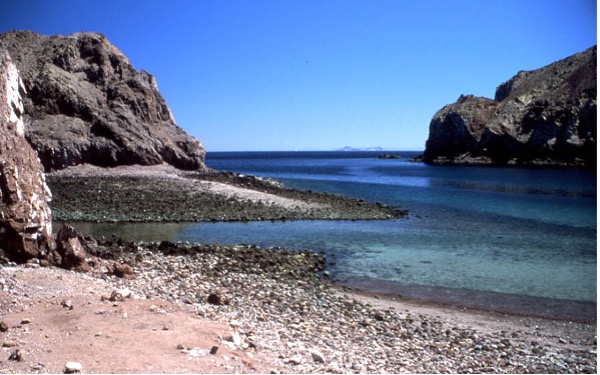
The cove is very well protected from dangerous winds that blow in the open areas of the Sea of Cortez, so the local fishermen stop here frequently. I found evidence of their campfires and there was not much firewood on the shoreline for a fire for my lunch. But I wanted to eat here at this beautiful spot, so I gathered up what little wood there was and went down the beach where there was a small bit of shade under a rock wall. There had been many fires built here in this shady spot by the fishermen because this was the only bit of shade that can be found. I left a little pile of extra firewood for the fishermen to use the next time they showed up here. I had left my kayak near the other end of the cove, so while waiting for the fire to burn down, I went back to my kayak and towed it along the shore through crystal clear water and closer to the cook site.
When I was on my way again, I saw some curious algae with air pockets that made it float at the surface. When I put the algae on my deck there were no planaria, so either the planaria don’t like these algae or perhaps it’s not yet in a state of decay preferred by planaria. I think this must be a dispersal form of this algae. It seems to live on the bottom in clumps and as it gets older it develops pockets with air, and then it floats away. In Bahia Las Animas, I also saw some spherical red sponges and some amorphous yellow sponges.
Another two hours with one rest stop brought me to the south end of a big, curved bay that was just south of Puertecitos de Emmedio. There is a big natural arch at the point that makes up the northern end of this bay. As I passed by the point, I looked back and I could see that the southern tip Guardian Angel Island was due north of me.
On my recent stops, I climbed up the ridges in search of Isla Rasa, a small island that sits about 20 miles offshore. As I gazed across the horizon, there it was: a bright white mound only about 100 feet high, stretching out long and low. This pristine and remote location is nothing short of a birding paradise – a veritable Mecca for terns, gulls, and avid bird watchers alike. Long ago, birds must have discovered this isolated island was perfect as a safe island for breeding. It’s devoid of coyotes or any other predators and surrounded by a bountiful sea full of food – making it an ideal location for breeding and raising their young. Every year, thousands of birds flock to this isolated isle to nest, with an estimated 350,000 Heermann’s gulls (a staggering 95% of the world’s population) and tens of thousands of elegant terns and royal terns calling it their home.
Because I was not sure of getting water at San Francisquito, I tried an idea I had of using the dry bag that I use for my sleeping bag, for a solar still. The dry bag is clear and completely sealed when the end is rolled up. At one of my stops, I placed a small tray of seawater in it and sealed it up, putting it out on the sand in the sun. The sun was kind of low in the afternoon when I tried this, but after an hour or so there was just a bit of fog forming on the plastic surface inside the bag. The idea was that the fog would thicken up and the drops would run down the side of the bag and collect as fresh water. It seemed like this method might work if I stayed in one place and let the sun act on it all day. But I would probably die of thirst if I had to use this contraption while traveling. I guess I’ll have to try a different method for making fresh water.
Most of the afternoon I had a headwind from the south and southeast, sometimes very strong. Sometimes there were puffs of very warm wind in my face, coming off lower Baja, I think. As a result of the warmer conditions, I’m using more water than before, about 1.5 liter per day. I stopped for the night in a small bay about two miles south of Puertecitos Emmedio. Guardian Angel Island was now hidden from my view after more than a week of dominating the eastern horizon.
Next: Day 19 – Other Kayakers on My Sea!
Please comment on Two Miles to the Horizon
Back to the beginning of Two Miles to the Horizon

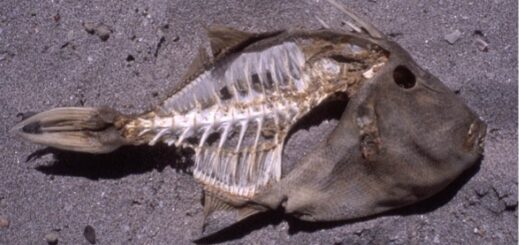
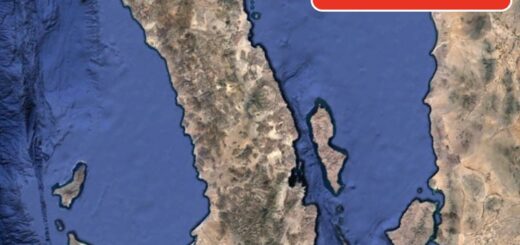
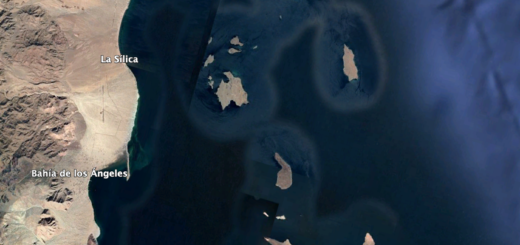


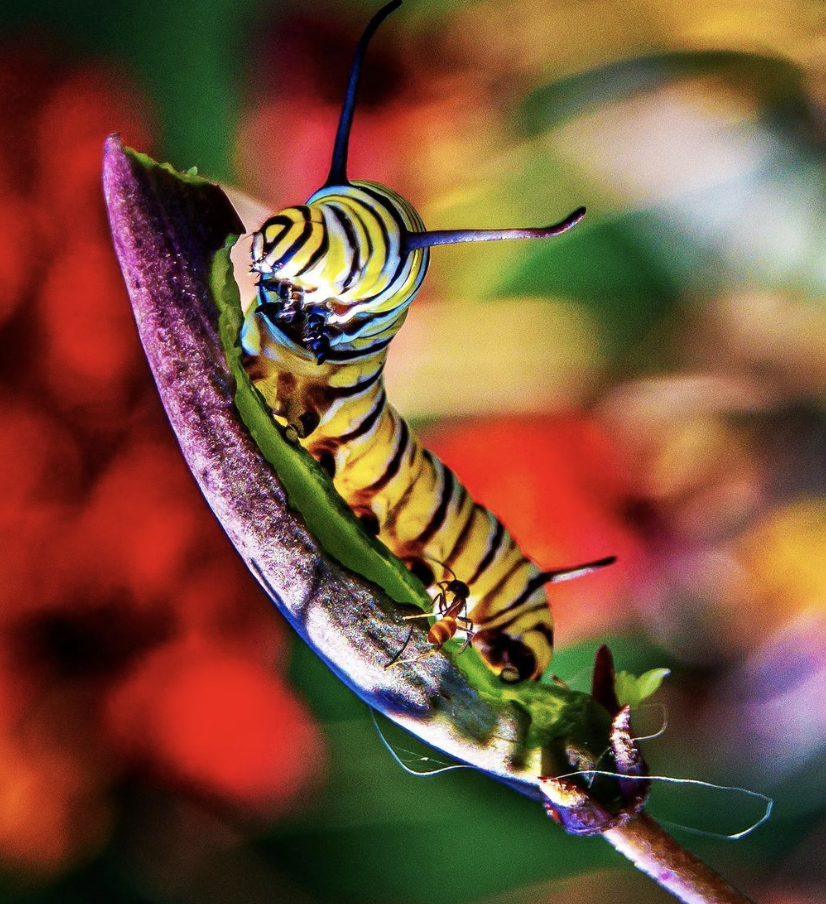
2 Responses
[…] Day 18 – God Must Live Here! […]
[…] Kayaking in Sea of Cortez: God Must Live Here! – Day 18 […]